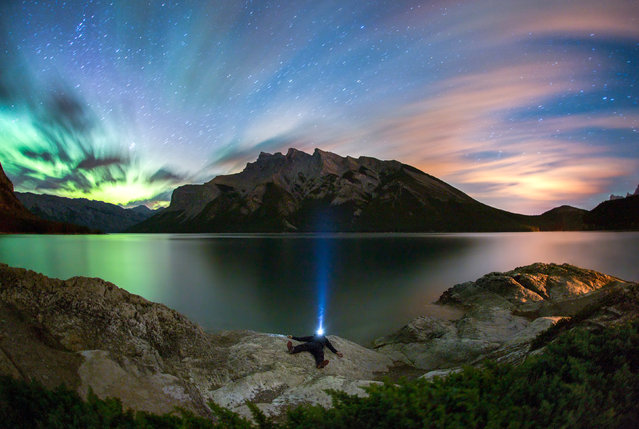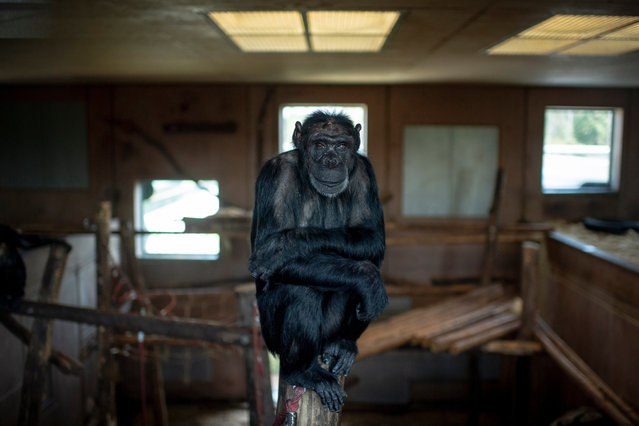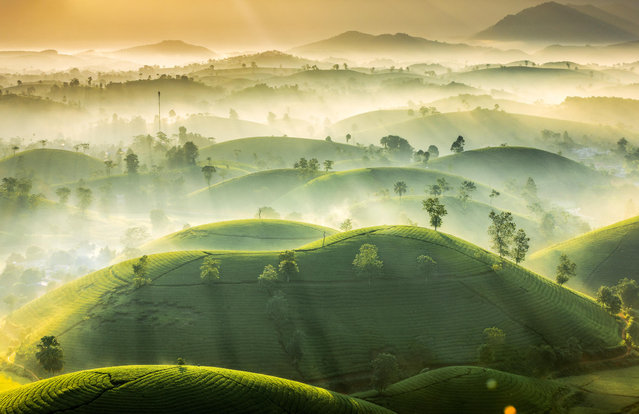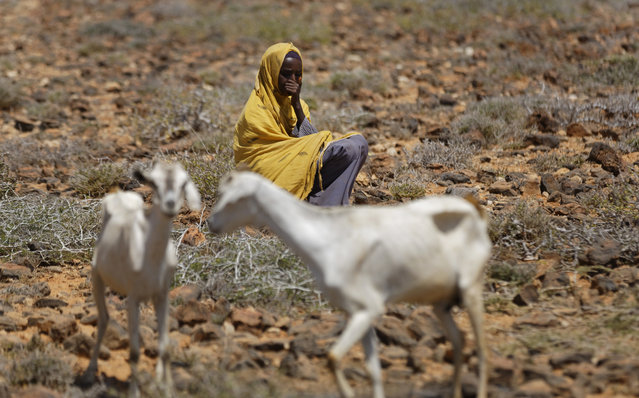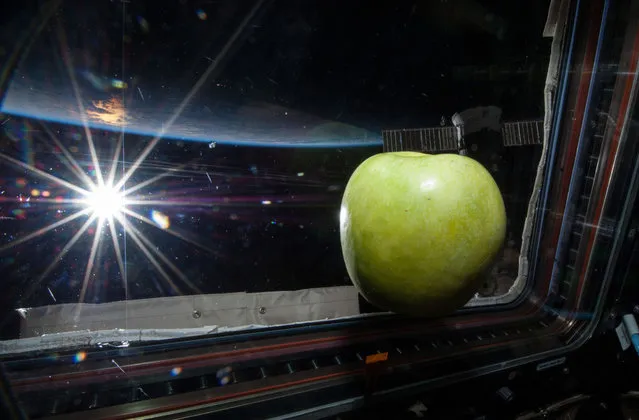
A demonstrator skateboards in front of a burning police vehicle during a protest against a new proposed policing bill, in Bristol, Britain, March 21, 2021. The Police, Crime, Sentencing and Courts Bill would give forces in England and Wales more power to impose conditions on non- violent protests, including those deemed too noisy or a nuisance, with fines or jail for those convicted. (Photo by Peter Cziborra/Reuters)
22 Mar 2021 09:12:00,post received
0 comments

